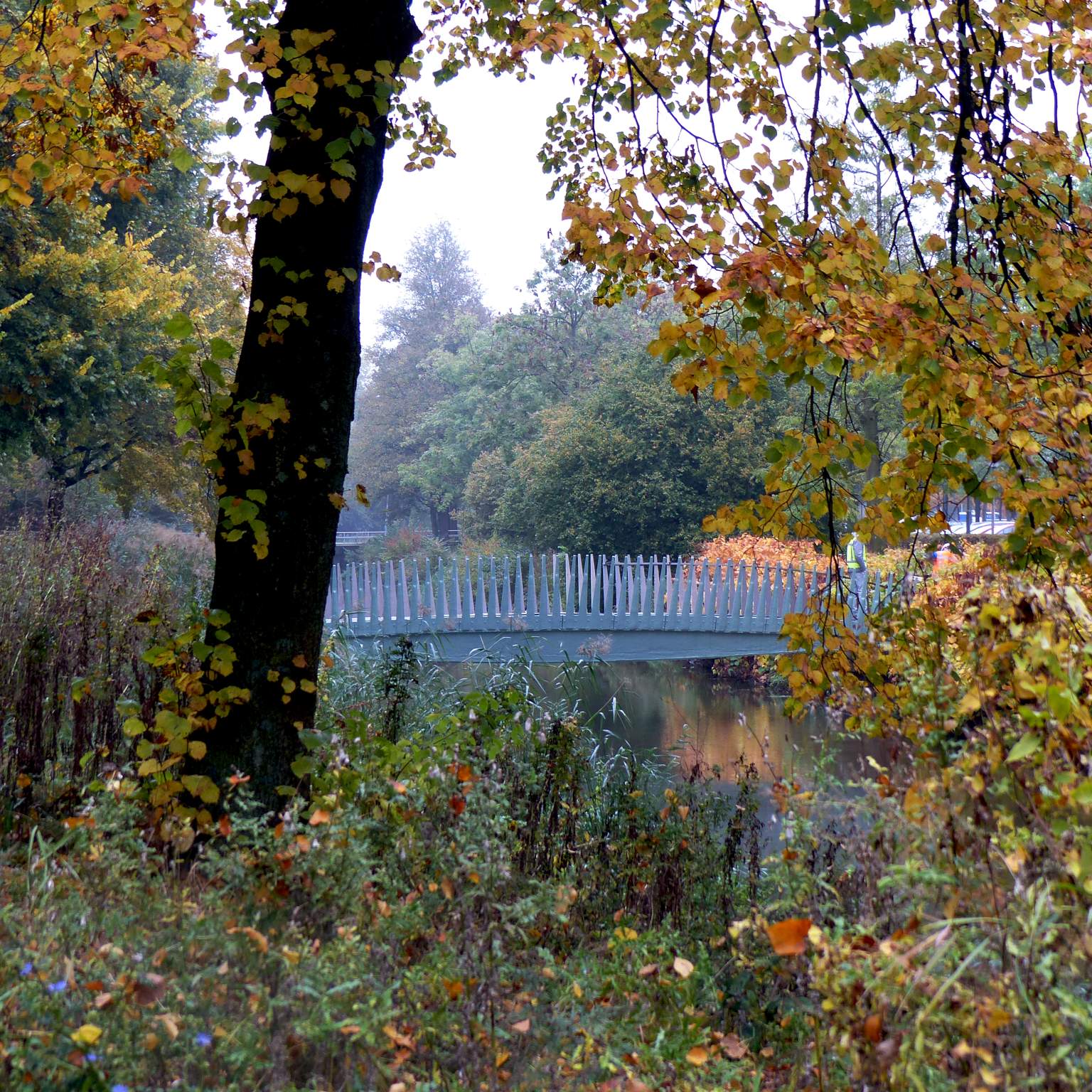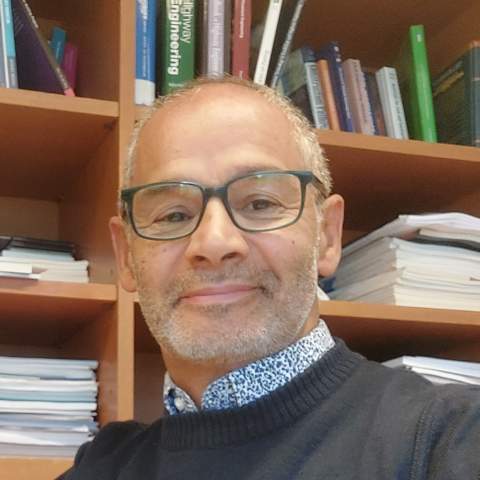Considering the age of many civil engineering structures such as bridges, sluices and viaducts in the Netherlands, a renovation and replacement process is necessary in the near future. The aim of 4TU.Built Environment
Infrastructure is to make the current civil structures future-proof regarding both functionality and sustainability. It requires collaboration with various 4TU.Built Environment programs on these major topics:
- Data-driven design and evaluation;
- Circular design based on ‘reduce, reuse, recycle’ principle;
- Standardization via demountable design.
Data-driven models
During renovation, the focus should not only be on elongation of the lifespan, but the process must be conducted as sustainable as possible too. Data-driven models based on existing structures are required to achieve this goal. These models inform about properties of old building materials, failure mechanisms of old constructions and renovation costs to allow for confident design-decisions. In the complete upgrade process, the models are improved by evaluation of prioritized renovations. The need for such models shows correlation with the Digitalization program.
Circular design
Sustainability is clearly involved in the renovation of civil structures. Major themes include: ‘reduce, ‘reuse’ and ‘recycle’. In addition, the implementation of bio-based materials in renovated structures is linked to the Circularity and Sustainability program.
Demountable design
In addition to digital models and circular design, there is a need for demountable design, production and construction. It gives high potential to decrease material use, construction time and costs by means of pre-fabricated and standardized components.












